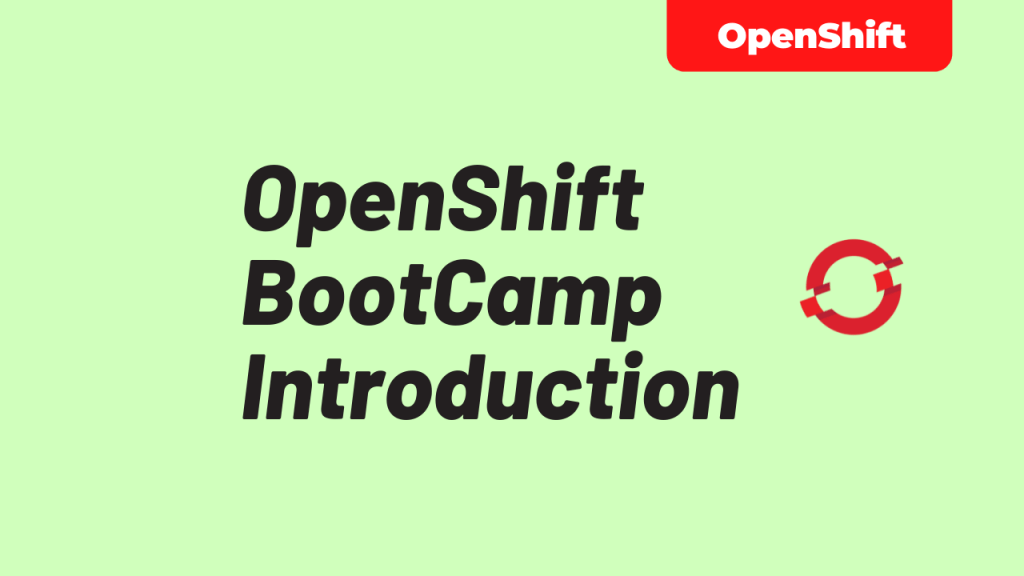
Hello everyone, welcome to the OpenShift BootCamp course. This is the course introduction for you to understand the structure and content of this course.
This video and blog are independent of and does not represent Red Hat, Inc. in any way. Red Hat does not officially sponsor, approve, or endorse this channel or its content. There is no promotional content in this video either.
I have structured this series with explanations, demos, OpenShift cluster deployment, lab instructions to practice etc. Also we have a telegram group for discussions if you have any questions or doubts from the videos.
Watch the video for full details.
Please note, this course is not designed for any official track or exam purpose like Red Hat OpenShift administrator exam EX280 or Red Hat OpenShift developer exam EX288.
The plan is to start with the basics of OpenShift and slowly explain the OpenShift core components. Then we will learn how to deploy OpenShift clusters – not the production grade clusters but the simple clusters – for you to practice labs and learn everyday. Then we will learn how to manage the clusters and different cluster resources. We will also learn OpenShift networking, authentication and security configurations. Later we will understand and practice secrets, configmaps and its usage in OpenShift. And we will learn many other things as well.
At any point, if you think the video or the concept is not clear, please submit the feedback via comments, I will try our best to publish supporting videos as needed.
When we talk about prerequisites, yes we need to know the basics of linux as you know that you are going to handle these containers and kubernetes things from linux environments and you should know that. We will try our best to explain the basics of containers and other kubernetes concepts, but as we know the course focus is on OpenShift and we will be talking more in that view.
For setting up your own OpenShift cluster for practicing, you should have a decent workstation or some public or private cloud account with credits; yes some of the free tier accounts are enough but I will explain those in detail in upcoming sessions.
We know we have different versions of OpenShift
The first one is the opensource community version called OKD, also known as OpenShift origin until August 2018. This is the upstream community supported version of the Red Hat Openshift Container platform or OCP. Yes, a sibling kubernetes distribution to Red Hat OpenShift
The second one is Red Hat OpenShift which is the enterprise kubernetes container platform with enterprise support and functionalities. You have managed and self-hosted options with Red Hat OpenShift and there are differing offerings from Red Hat for this.
You will find the documentation for OpenShift in many places such as docs.okd.io or docs.openshift.com etc. The documentation is structured to follow the different versions of OpenShift and you will find old versions of documents as well.
That’s all for the introduction for this OpenShift bootcamp. Please subscribe to this youtube channel to get all the latest videos and other courses.
